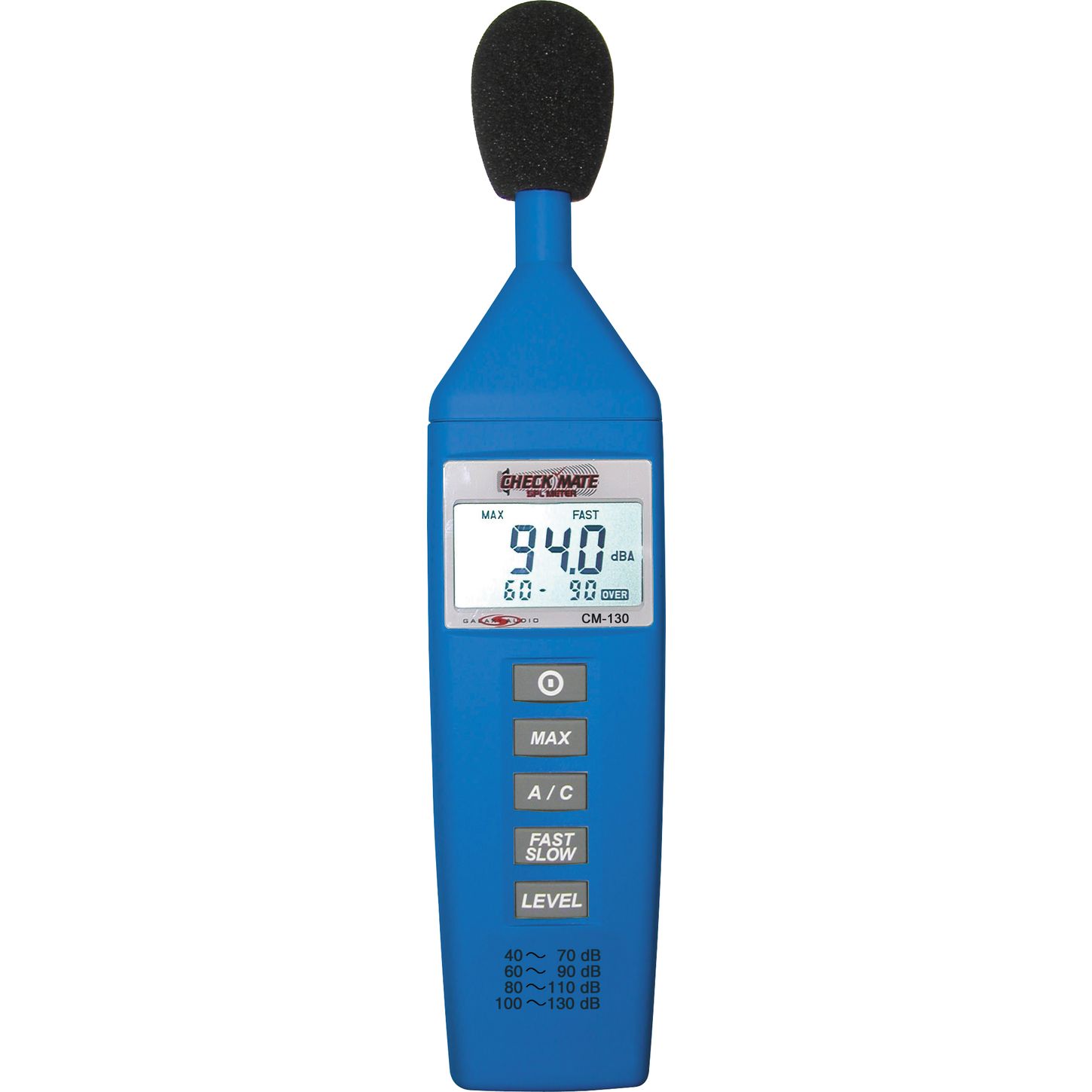 Based on sound demos, I've compiled a list of the best sounding synthesizers available. This is based on sound quality and availability. There are some really good analogue synths that should not be ignored. Arturia has some nice sounds. The Aturia Minibrute is an interesting synth with great sounds. The Arturia Origin is a very high quality synth. I like Analogue Solutions gear. As you can see most of the digital synths really don't "pop" out of the speaker with a unique voice or have that same emotion. An exception is with Arturia. But Many sound terrible. As you can see I don't like the Virus TI sound. Why they haven't figured out how to do a nice digital sound, I'll never know.
Based on sound demos, I've compiled a list of the best sounding synthesizers available. This is based on sound quality and availability. There are some really good analogue synths that should not be ignored. Arturia has some nice sounds. The Aturia Minibrute is an interesting synth with great sounds. The Arturia Origin is a very high quality synth. I like Analogue Solutions gear. As you can see most of the digital synths really don't "pop" out of the speaker with a unique voice or have that same emotion. An exception is with Arturia. But Many sound terrible. As you can see I don't like the Virus TI sound. Why they haven't figured out how to do a nice digital sound, I'll never know.These were demoed on very good speakers (Behringer B1031a). If you'd like to hear these you should look them up on Soundcloud or YT. One bias I have is that I don't find hard distortion or muddiness agreeable. Stick with Korg Analogs or Arturia.
Recommended:
Arturia Minibrute
Arturia Origin
Korg Volca BassKorg
Korg MS-20 Mini
Analogue Solutions (all)
Not recommended:
Moog Sub Phatty
DSI
Moog Little Phatty
Virus TI
MicroKorg
MiniNova
UltraNova
Moog Minitaur
King Korg
Jupiter-50/80 (synth engine sucked, Supernatural was great)
Gaia Sh-01
Casio XW-P1
DSI Prophet 12
Elektron Analog 4
Vermona Perfourmer
Nord Lead 4
Waldorf Blofeld
Tom Oberheim SEM




